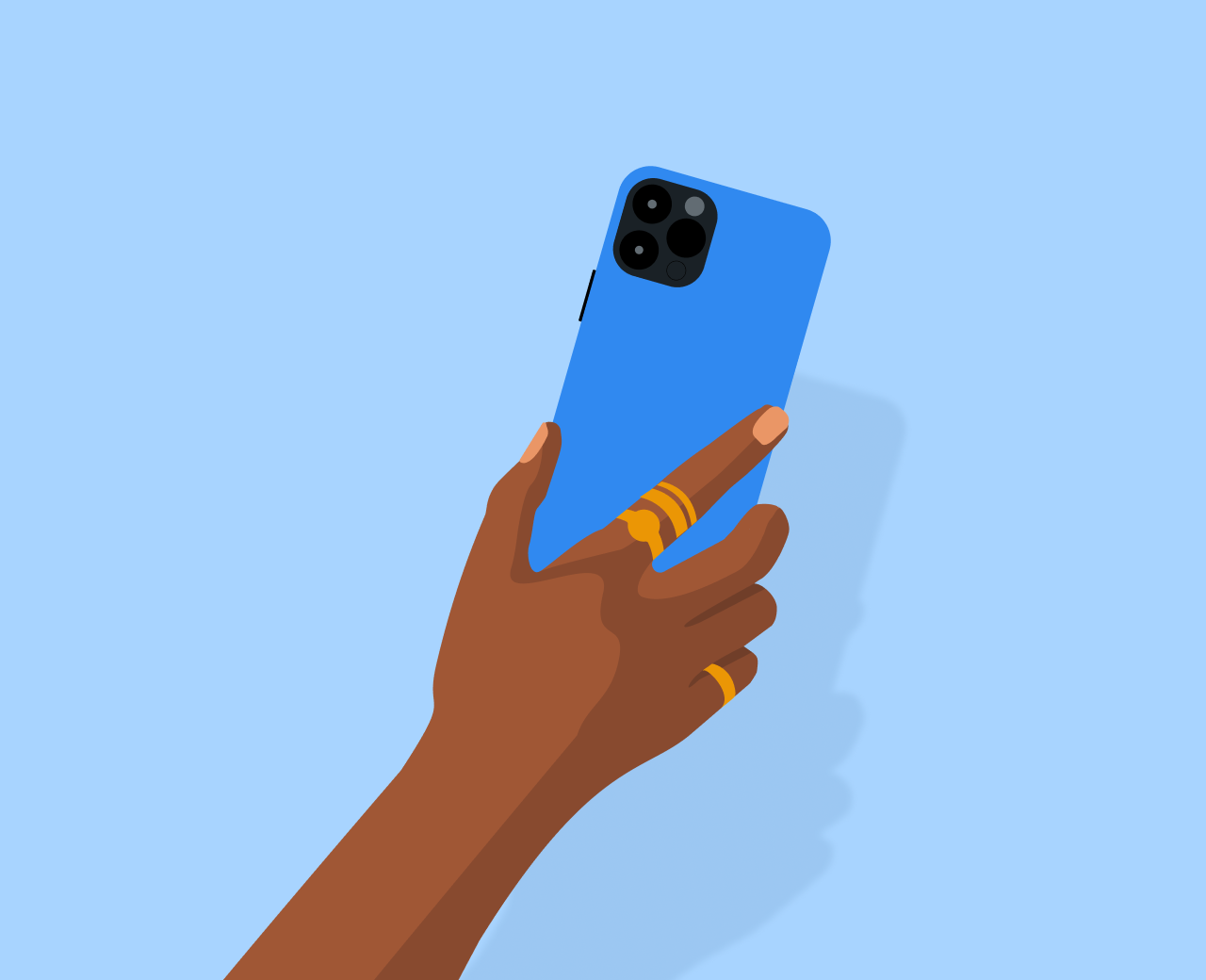Sinch makes it easy!
Build meaningful connections with your customers

Glossary
A phone number, sometimes referred to as direct inward dialing (DID), is a unique series of digits or numbers used to reach someone through a landline or mobile phone. A phone number is used for calling and texting, and it is a fundamental element of telecommunication.
Phone numbers in the United States follow the format of (XXX) XXX-XXXX. No public directory of all phone numbers is available since this contact information is private.
Direct Inward Dialing (DID) is a specific service that allows an organization to assign individual phone numbers to specific extensions within a private branch exchange (PBX) system. With DID, each employee or department can have its own unique phone number, allowing external callers to directly reach a specific person or department without going through a receptionist or automated menu.
Why should you care about phone numbers?
Different countries have their own format for phone numbers. However, in the United States, Canada, and the Caribbean, phone numbers have a fixed length of 10-digits. This North American numbering plan (NANP) began in the 1940s by AT&T to simplify long distance calling.
Numbers under this format begin with a +1 to indicate they follow the North American numbering plan. NANP contains the following sections:
If you want to call internationally, you must include the prefix 011 (the international access code or exit code) first, followed by the country code of the recipient.
For businesses, phone numbers are essential for a variety of reasons, including:
What are the benefits of phone numbers?
Phone numbers are indispensable part of your business communications toolbox. In the United States, Canada, and the Caribbean, these unique 10-digit, numerical addresses, following the North American Numbering Plan (NANP), simplify long distance calling and play a crucial role in connecting individuals and businesses. Essential for businesses of all sizes, phone numbers enable strategic separation of departments, regional targeting, and seamless integration with PBX systems, ensuring effective and efficient communication tailored to diverse needs.
How does Sinch work with phone numbers?
Sinch is an industry-leading provider of voice solutions to companies in the United States and Europe. With over 700 billion engagements per year, 140 million active phone numbers, and a vast selection of local, toll-free and international phone Every phone number comes with CNAM and directory listings, each one is enabled for emergency calling over our network, plus they’re also SMS and MMS capable. Sinch phone numbers have a higher level of STIR/SHAKEN attestation. Plus, our dedicated specialists will ensure seamless porting of local wireline and wireless numbers so customers never notice a change in service. Numbers. Sinch has everything you need when it comes to voice services.
